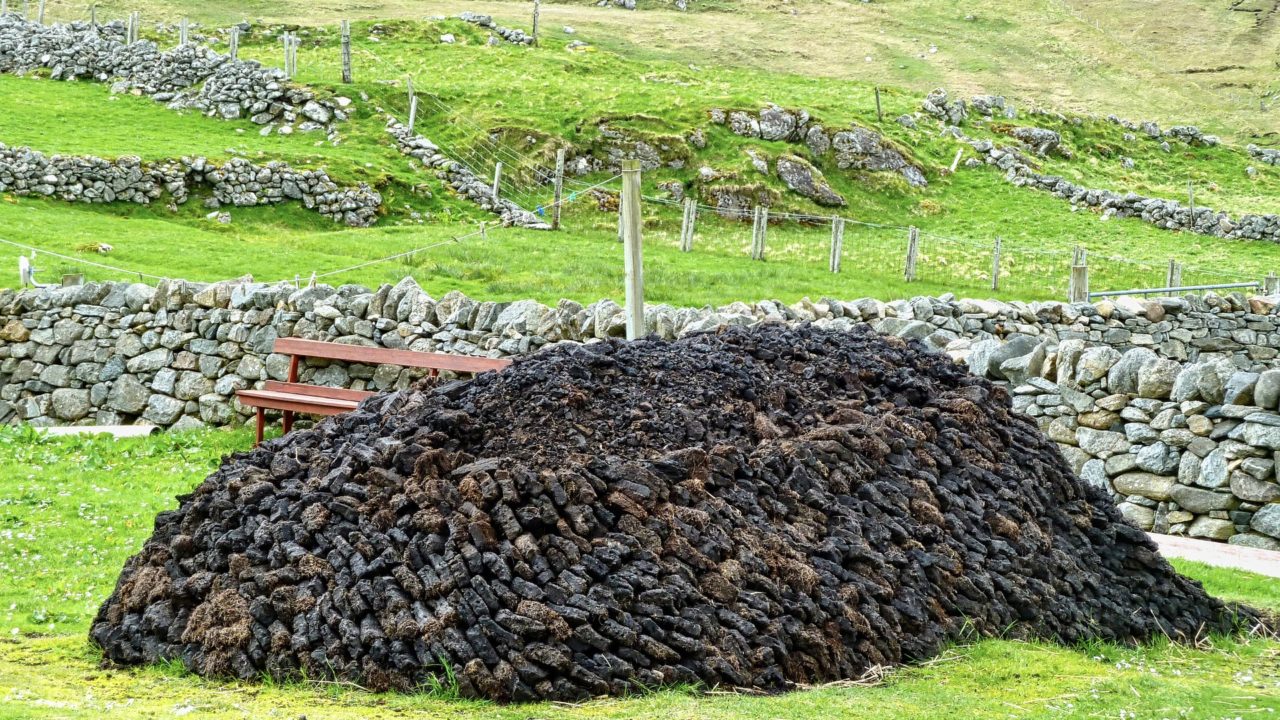The Minister for Agriculture, Food and the Marine, Charlie McConalogue is currently examining the impact of turf cutting on commonage on farmer payments under the new under the Agri Climate Rural Environment Scheme (ACRES).
Sinn Féin spokesperson for agriculture and rural development, Claire Kerrane and her party colleague Sorca Clarke raised the issue through parliamentary questions to the minister this week.
Deputy Kerrane called on Charlie McConalogue to clarify whether farmers will be able to cut turf on their commonage lands if they are participating in ACRES.
While Deputy Clarke asked what percentage of commonage can be active turbary without negatively affecting the payment available to farmers under the €1.5 billion agri-environmental scheme.
Turf
In response, Minister Charlie McConalogue said that commonage falls under the two approaches within the scheme: ACRES Co-operation Project (CP) and ACRES General.
“Applicants with commonage received priority entry into ACRES General under Tier 1 to incentivise farmers to help ensure that habitats on such lands are maintained or restored to good condition through appropriate management practices,” he said.
Under ACRES there is a set payment per hectare for commonages of 10ha or less.
There is a results-based payment when it comes to commonages greater than 10ha.
This means the payment rate “is determined by the quality of habitat using a range of criteria assessing the ecological and hydrological integrity of the commonage and various damaging activities”.
On commonage over 10ha, the farmer must commit to have the land scored by an approved assessor. The payment will be based on the score awarded.
Minister McConalogue said he is “conscious that active turf-cutting could have a disproportionate impact on the scores of commonages”.
“I am currently examining how to mitigate the negative impact of smaller severely damaged areas on the wider commonage parcel,” he said.
The minister said that is “reflecting on the issue”, while “having regard to the environmental ambition of the scheme and the rights of commonage shareholders”.
